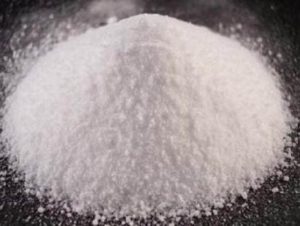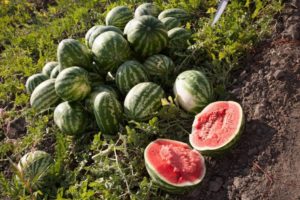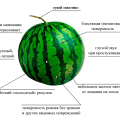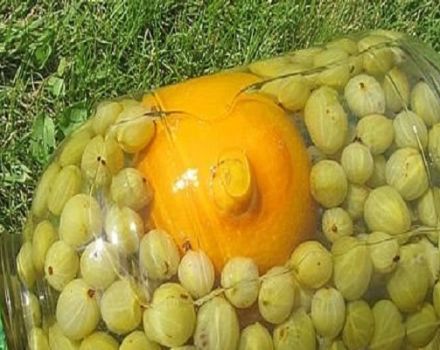Characteristics and description of watermelon variety Producer: cultivation, collection and storage
Producer's watermelon is considered to be quite promising and enjoys well-deserved popularity. Even in not particularly favorable years, subject to all the requirements for the care of the watermelon, the producer gives good yields. This variety is often used by farmers. It also grows well on an industrial scale.
Content
Characteristics of the variety, advantages and disadvantages
This variety has both clear advantages and disadvantages. A description of each of them follows.
- A crop with proper care provides a stable yield.
- The berry has a rather thin rind. The taste of the pulp is sweet, the texture is dense, grainy.
- The fruits have a high density, which allows them to be transported over fairly long distances.
- Producer watermelon retains both its appearance and excellent taste for a long time.
- The berry of this variety can be grown both outdoors and indoors.
- Has high taste characteristics.
These advantages make the berry of this variety a leader among watermelons.

Fruits are early ripe, ripen approximately 60-70 days after planting. The yield is good, but much depends on the growing conditions. On average, 8-10 kg can be collected from one square meter. If this watermelon is grown on an industrial scale, then the yield is about 100 centners per hectare.
It is quite resistant to various types of diseases.
However, with all the advantages, this variety has its disadvantages:
- quite moody and requires careful care, and therefore this is not the best choice for beginners;
- very dependent on sunlight and weather;
- requires timely watering and special feeding.
With insufficient care and lighting, yields can be quite low, and the fruits themselves are of poor quality (small and savory). Sometimes the berries may be unripe on the inside, although the appearance may indicate otherwise.
It is worth noting that with proper agricultural technology and proper care, all disadvantages are relative.
The berries are oval in shape. The pulp of a ripe fruit is bright red, very sweet, and contains a large amount of sugar. As a rule, there are no white streaks. The seeds are located closer to the crust.
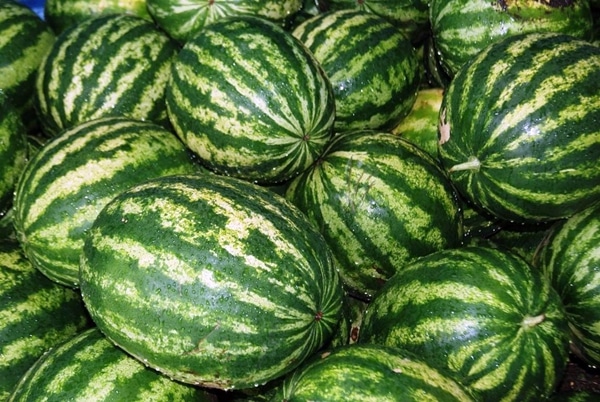
How the growing region was bred
Watermelon Producer is the result of the work of American breeders with another popular variety, Crimson Sweet.
The territory of distribution is very large - Moldova, Belarus, Ukraine, southern regions of Russia.
How to Grow a Watermelon Producer
If we are talking about growing this crop in regions with a warm climate, then in this case, it is permissible to plant the seeds for a wave directly in the open ground. For a cooler middle lane, the seedling method is more suitable. This will reduce the ripening time by about half a month.
In areas where the climate is very cool, this variety is cultivated exclusively in greenhouses.
Planting seeds for seedlings
For seedlings, it is worth choosing cold-resistant hybrids of the Producer variety. When preparing for sowing, you need:
- put the seeds in a 3% solution of sodium chloride (common table salt);
- floating seeds are removed because they will not sprout;
- remove seeds that have settled to the bottom and rinse thoroughly;
- dry for a short time, and then send it to heat for about two hours at a temperature of 50-60 degrees;
- to ensure the disinfection of seeds, they should be immersed in a solution of potassium permanganate (potassium permanganate);
- place the seeds on a flat surface and cover with a cloth so that they can germinate.
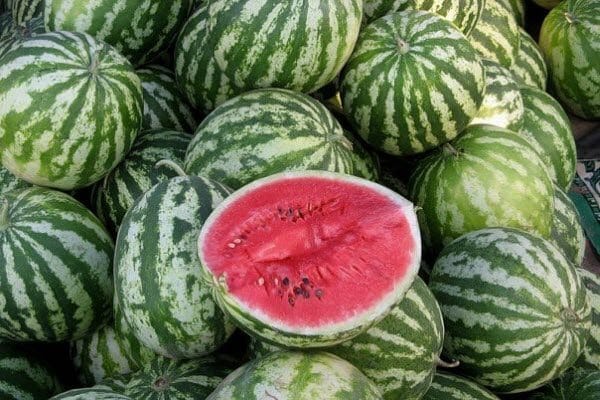
The soil for growing the Producer variety can be purchased at a special store. This will provide higher yields. But for amateur cultivation, it is quite possible to make the mixture yourself at home, mixing humus with peat and adding sawdust.
Seeds are planted in April. In order not to injure the roots, it is better to plant the seeds in peat pots. After the pots are watered with water, covered with foil for faster germination. Seedlings require good lighting.
Landing in open ground
After the appearance of 4-5 leaves, the watermelon can be placed in open ground. To do this, make beds about 5 centimeters deep. Seedlings should be planted at intervals of 2-3 centimeters and dug in.
Since this variety is thermophilic, it is necessary to plant sprouts only when the minimum air temperature is above fifteen degrees. At a temperature of twelve degrees and below, plant growth will stop.
Formation of bushes
If the watermelon is grown in a greenhouse, then the shoot is formed in the form of only one stem. It must be tied to a support. Side shoots less than 50 cm in length are removed so that they do not cover the growing berries with shade.
A large number of ovaries will take longer to ripen. No more than 3 pieces are left on each of the shoots, the rest must be removed.
Two stepson processes are left on the main stem. When the ovary appears, the lash is pinched every three leaves. This method ensures that three berries ripen at the same time.
If a watermelon of this variety is planted in open ground, then the bushes are formed into three stems, and then the procedure of pinching the tops is carried out.

Although this is a sun-loving plant, during the ripening period, the fruits should be placed in a small shade.
To do this, in a particularly hot season, each berry can be covered with other plants with large leaves, for example, burdock.
In areas where the temperature is not warm enough in spring and early summer, farmers resort to tricks. One of them is the construction of a small greenhouse over the seedlings using film. It is removed in the second half of June in cloudy weather or in the evening so that the sun does not burn young plants.
Watering and feeding
Due to the fact that watermelons have good drought tolerance, the plants should be watered sparingly, depending on the stage of growth. When the watermelon blooms, you need to water about twice a week, this will be more than enough.
If the weather is very hot, then you need to water it every 7-8 days. And when the time comes for the formation of the fruits themselves, you should limit their watering. Already at the stage of ripening of watermelon berries Producer is recommended to stop watering.
During ripening, it is recommended to regularly use top dressing to increase yields. It is recommended to apply fertilizer to wet soil.
It is possible to replace regular fertilization of the soil with the preliminary addition of ash or humus to the soil before planting the seeds.
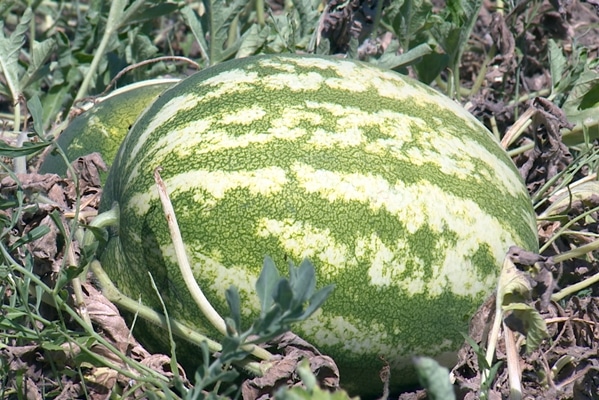
How to determine when a berry is ripe
The outer color of the berry is alternating light and dark green stripes. By how contrasting they are, one can judge the ripeness of the watermelon.
You can also find out about the ripeness of a berry by looking at its peel. As the watermelon begins to ripen, the skin color changes from matte to shiny.
Also, scratches on the fruit itself can serve as an indicator of maturity. These are the traces of crow's beaks. Birds will not touch an unripe watermelon.
In order to prevent a mistake, and not to let the plant overripe and not to rip it off unripe, you need to look at the stalk. It becomes dry at the time of ripeness of the watermelon.
Harvesting and storage
Watermelons are harvested only after the berries reach the first stage of removable ripeness, usually 5-6 days before the fruit is fully ripe.
If watermelons are picked earlier, then, most likely, they will not ripen in storage, and berries picked later will not be suitable for long storage.
The fruits harvested in time have a pink flesh, which after a certain time, called "maturation", will turn bright red.
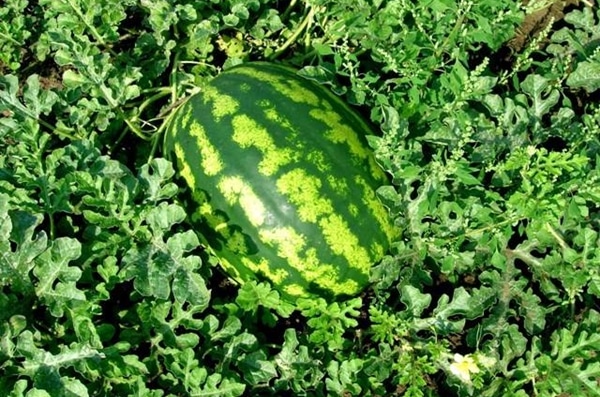
The best conditions for storing fruits will be a temperature of 1-4 degrees and a humidity of 70-80%.
There are several known methods for storing watermelons of this variety:
- Place the watermelon in a box lined with dry moss.
- You can put watermelons in kegs and cover them with ashes.
- You can wrap the watermelon with a cotton cloth, put it in a net and hang it from the ceiling of the cellar.
- The berries can be covered with a 5 mm thick layer of wax or paraffin and stored in the cellar.
Subject to storage rules, watermelon can be successfully stored for up to 6 months.
